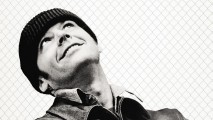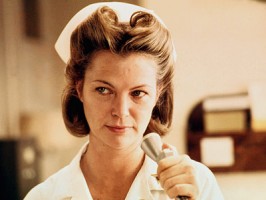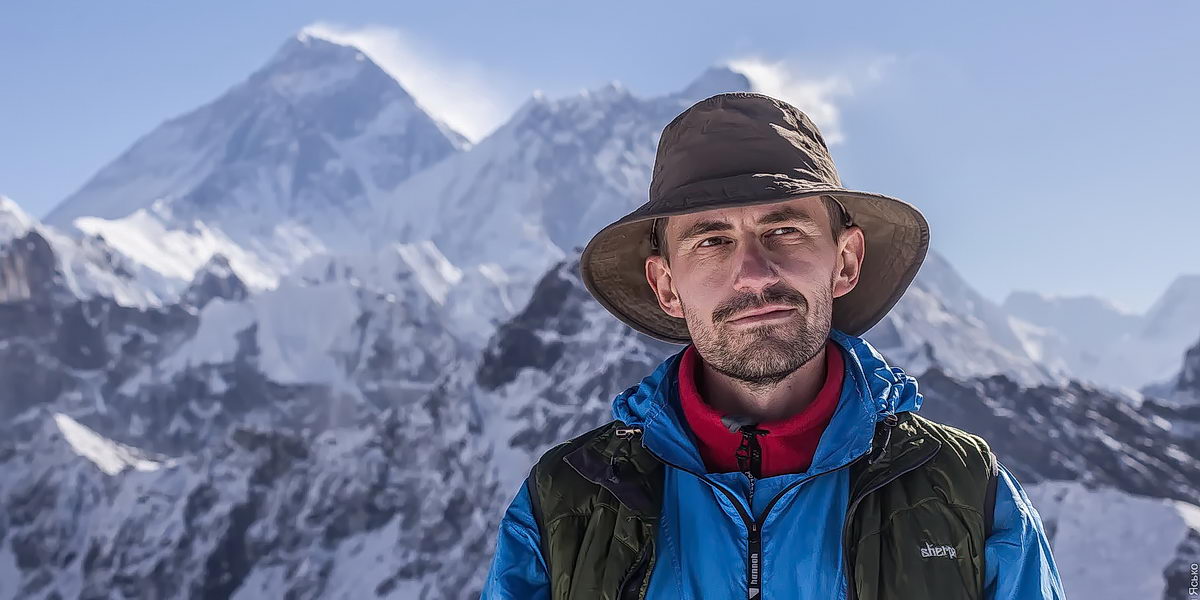 One of those cases when you read a book “after the movie” (I think I’m not the only one who had exactly this order).True, I saw the Oscar-winning adaptation of Mlosh Forman only once and a very long time ago, but as it turned out during the reading of the book, I remembered all the main plot twists. Therefore, the main highlight of the book for me was not the events, but the impressions and thoughts of the characters.Unlike the movie, the protagonist of the book is not the rebel McMurphy, but the leisurely Mop Chief – the narration comes from his name. And it is he who “draws” the Combine for us – the main image of the book, which I do not remember in the film (there was not even a Fog).
One of those cases when you read a book “after the movie” (I think I’m not the only one who had exactly this order).True, I saw the Oscar-winning adaptation of Mlosh Forman only once and a very long time ago, but as it turned out during the reading of the book, I remembered all the main plot twists. Therefore, the main highlight of the book for me was not the events, but the impressions and thoughts of the characters.Unlike the movie, the protagonist of the book is not the rebel McMurphy, but the leisurely Mop Chief – the narration comes from his name. And it is he who “draws” the Combine for us – the main image of the book, which I do not remember in the film (there was not even a Fog). In the book, I got a better look at McMurphy, who turns out to be not a “flat” rebel, but a very real person with his own interests and even weaknesses. The cooler (if I may say so) was his decision to fight the system (although a certain Don Juan might have said that personal history made the choice for him). A real local messiah with all the necessary attributes – miracles, apostles and Golgotha (where without it).Interestingly, in my version of the book, the name of the older sister was “translated” into Russian – Miss Gnussen (and not Ratched, as in the original).Overall, the book turned out to be exactly what I expected it to be. It fits perfectly into the image of “one of the main literary works of the beatnik and hippie movements” (wording from Wikipedia). Only the complete absence of drugs in the frame or behind the scenes is surprising. However, these guys were pretty buggy even without substances.And the movie should be seen again – I completely forgot what kind of sister it was. And it’s interesting to look at the young and hairy De Vito.“Vintery, mintery, cutery, corn,apple seed and apple thorn,Wire, briar, limber lockThree geese in a flockOne flew EastOne flew WestAnd one flew over the cuckoo’s nest.”Added a month later:An idiot’s dream came true – I watched the movie again. I wish I hadn’t done it, he made me so upset and disappointed. No, there is nothing super-bad in the movie, but compared to the book, it’s just a pale shadow on a gray background.The book is retold more or less close to the text, but hastily and dryly. During the film adaptation, all corners were “smoothed” – the characters were averaged, and politics was generally forgotten. Many truly heroic moments, like breaking glass, are shown briefly, so that their importance and meaning are not felt at all. You understand that 133 minutes (the duration of the rental version of the film) is damn little to convey everything that Ken Kesey wanted to say and show.The game of the main characters was disappointing – McMurphy is not “contagious” enough, and the main sister here is almost a normal person (and not a piece of cold basalt, as in the book). Some of the secondary characters I liked a lot more. Yes, not everything in the film is bad – for example, the scenes of therapeutic conversations are very nice.I am far from thinking that Milos Forman is a bad director, or Nicholson and Fletcher are bad actors. It’s more of a book specific thing. It is replete with subtle moments that need to be shown for a long time and with taste. This is not an action game (I remember “Fight Club”) which, in my opinion, is much easier to film.In short, if you are faced with the choice of reading to you or watching One Flew Over the Cuckoo’s Nest, then I advise you to start with the first one.
In the book, I got a better look at McMurphy, who turns out to be not a “flat” rebel, but a very real person with his own interests and even weaknesses. The cooler (if I may say so) was his decision to fight the system (although a certain Don Juan might have said that personal history made the choice for him). A real local messiah with all the necessary attributes – miracles, apostles and Golgotha (where without it).Interestingly, in my version of the book, the name of the older sister was “translated” into Russian – Miss Gnussen (and not Ratched, as in the original).Overall, the book turned out to be exactly what I expected it to be. It fits perfectly into the image of “one of the main literary works of the beatnik and hippie movements” (wording from Wikipedia). Only the complete absence of drugs in the frame or behind the scenes is surprising. However, these guys were pretty buggy even without substances.And the movie should be seen again – I completely forgot what kind of sister it was. And it’s interesting to look at the young and hairy De Vito.“Vintery, mintery, cutery, corn,apple seed and apple thorn,Wire, briar, limber lockThree geese in a flockOne flew EastOne flew WestAnd one flew over the cuckoo’s nest.”Added a month later:An idiot’s dream came true – I watched the movie again. I wish I hadn’t done it, he made me so upset and disappointed. No, there is nothing super-bad in the movie, but compared to the book, it’s just a pale shadow on a gray background.The book is retold more or less close to the text, but hastily and dryly. During the film adaptation, all corners were “smoothed” – the characters were averaged, and politics was generally forgotten. Many truly heroic moments, like breaking glass, are shown briefly, so that their importance and meaning are not felt at all. You understand that 133 minutes (the duration of the rental version of the film) is damn little to convey everything that Ken Kesey wanted to say and show.The game of the main characters was disappointing – McMurphy is not “contagious” enough, and the main sister here is almost a normal person (and not a piece of cold basalt, as in the book). Some of the secondary characters I liked a lot more. Yes, not everything in the film is bad – for example, the scenes of therapeutic conversations are very nice.I am far from thinking that Milos Forman is a bad director, or Nicholson and Fletcher are bad actors. It’s more of a book specific thing. It is replete with subtle moments that need to be shown for a long time and with taste. This is not an action game (I remember “Fight Club”) which, in my opinion, is much easier to film.In short, if you are faced with the choice of reading to you or watching One Flew Over the Cuckoo’s Nest, then I advise you to start with the first one.
